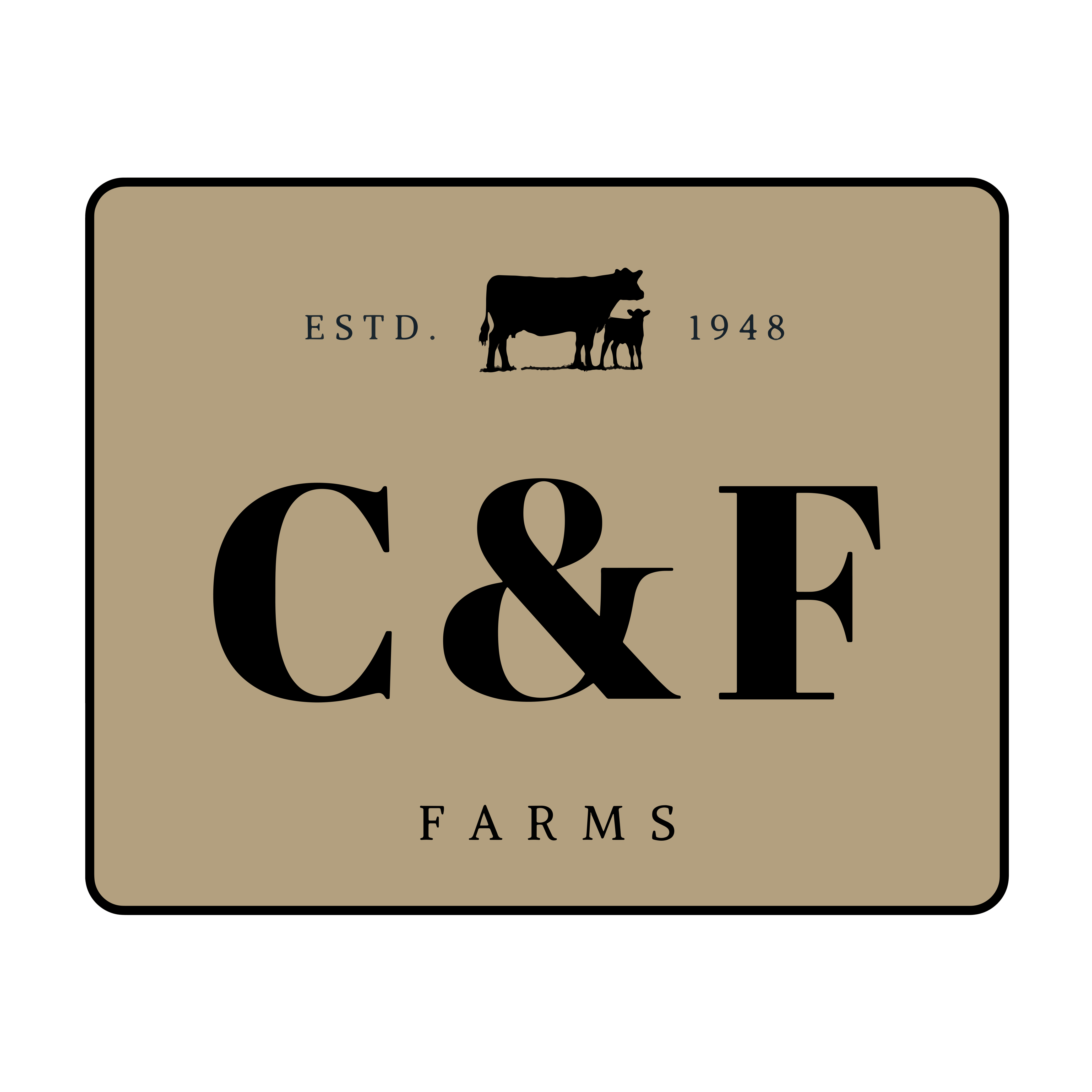Is Plant-Based Meat Really Better for the Planet? Pt.2
posted on
August 20, 2025
Is Plant-Based Meat Really Better for the Planet?
A farmer’s take on carbon footprints, regenerative grazing, and who’s actually fixing the food system
In our last email, we pulled back the curtain on plant-based meats and asked some hard questions about what’s really inside those patties. If you missed it, I’d recommend giving that one a read first—especially if you’re wondering what methylcellulose and titanium dioxide are doing in your food.
But now, let’s tackle the other big claim the fake meat industry makes:
“We’re saving the planet.”
You’ve probably heard this before. Major brands and tech investors alike love to say that plant-based meat is the future because it’s better for the environment. Fewer emissions. Less land. Less water.
Sounds great, right?
Well… let’s slow down a second and look at the bigger picture.
Because as someone who farms with the environment, not against it, I think it’s worth asking:
What kind of farming are we comparing this to?
And are the environmental benefits of plant-based meats as black-and-white as they seem?
Let’s dig into it.
🌍 The Case For Plant-Based Meat (According to the Industry)
There’s no denying this:
When you compare plant-based meat to feedlot beef, it wins on most standard environmental metrics.
- The Impossible Burger, for example, produces around 89% less greenhouse gas emissions and uses 87% less water than conventional grain-fed beef, according to its 2019 lifecycle assessment.
- It also uses 96% less land, mostly because it doesn’t require pasture or large feed operations.
And honestly, compared to industrial feedlots—where cattle are packed into small spaces, fed corn and soy, and stand in mud or worse—that’s not a hard bar to clear.
But what about farms like ours?
🐄 The Case For Regenerative Grazing
Our cattle are raised on pasture, moving regularly to fresh grass, fertilizing the soil naturally, and helping the land regenerate through rotational grazing.
This practice isn’t new—it’s how animals and ecosystems have worked together for thousands of years. And the benefits go far beyond just “carbon math.”
When you manage livestock properly:
- You build topsoil through trampled grass and manure
- You store carbon in the soil as organic matter
- You improve biodiversity and native forage
- You increase water retention, reducing runoff and erosion
In fact, a widely cited study from Quantis International found that a regenerative farm in Georgia—White Oak Pastures—produced beef with a net negative carbon footprint.
That’s right: their beef actually pulled more carbon out of the atmosphere than it produced.
Meanwhile, the Impossible Burger—while cleaner than feedlot beef—was still a net carbon emitter.
So… Who’s Right?
Now, is every grass-fed farm carbon negative? No. It depends on how it’s managed.
And scaling regenerative systems is a real challenge—we don’t pretend otherwise.
But one thing’s clear: fake meat isn’t regenerative.
It’s still part of the same industrial ag system. Just with different crops and a shinier marketing strategy.
🚜 The Farming Practices Behind Fake Meat
Let’s talk about where those plant-based ingredients come from.
- Peas, soy, mung beans—these are monoculture crops, often farmed in giant fields with chemical herbicides, synthetic fertilizers, and high tillage practices.
- Most of them are grown for yield, not nutrition. And once harvested, they’re heavily processed into isolates and additives.
- The soil they’re grown in? Often depleted, compacted, and reliant on constant chemical input to produce anything at all.



